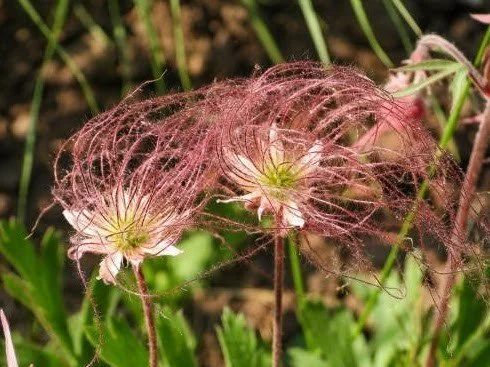 Image 1 of 1
Image 1 of 1


Prairie Smoke (Geum triflorum)
Famous for its pink, feathery plumes that appear after flowering—giving the look of smoke or wisps rising from the prairie.
Forms low-growing, ferny mats of foliage, making it effective as a native groundcover in sunny areas.
Once established, Prairie Smoke can persist for decades, spreading slowly by rhizomes.
Indigenous people used its roots for medicinal teas and as a smoking mixture, adding to its cultural significance.
Famous for its pink, feathery plumes that appear after flowering—giving the look of smoke or wisps rising from the prairie.
Forms low-growing, ferny mats of foliage, making it effective as a native groundcover in sunny areas.
Once established, Prairie Smoke can persist for decades, spreading slowly by rhizomes.
Indigenous people used its roots for medicinal teas and as a smoking mixture, adding to its cultural significance.
Bloom: early to late spring
Habitats: dry gravelly prairies; hill prairies
Lifespan: perennial
Moisture: mesic to dry
Plant type (height): forb (5 to 10 inches)
Requirements: full sun
Soil: barren soil that is gravelly, rocky, or sandy